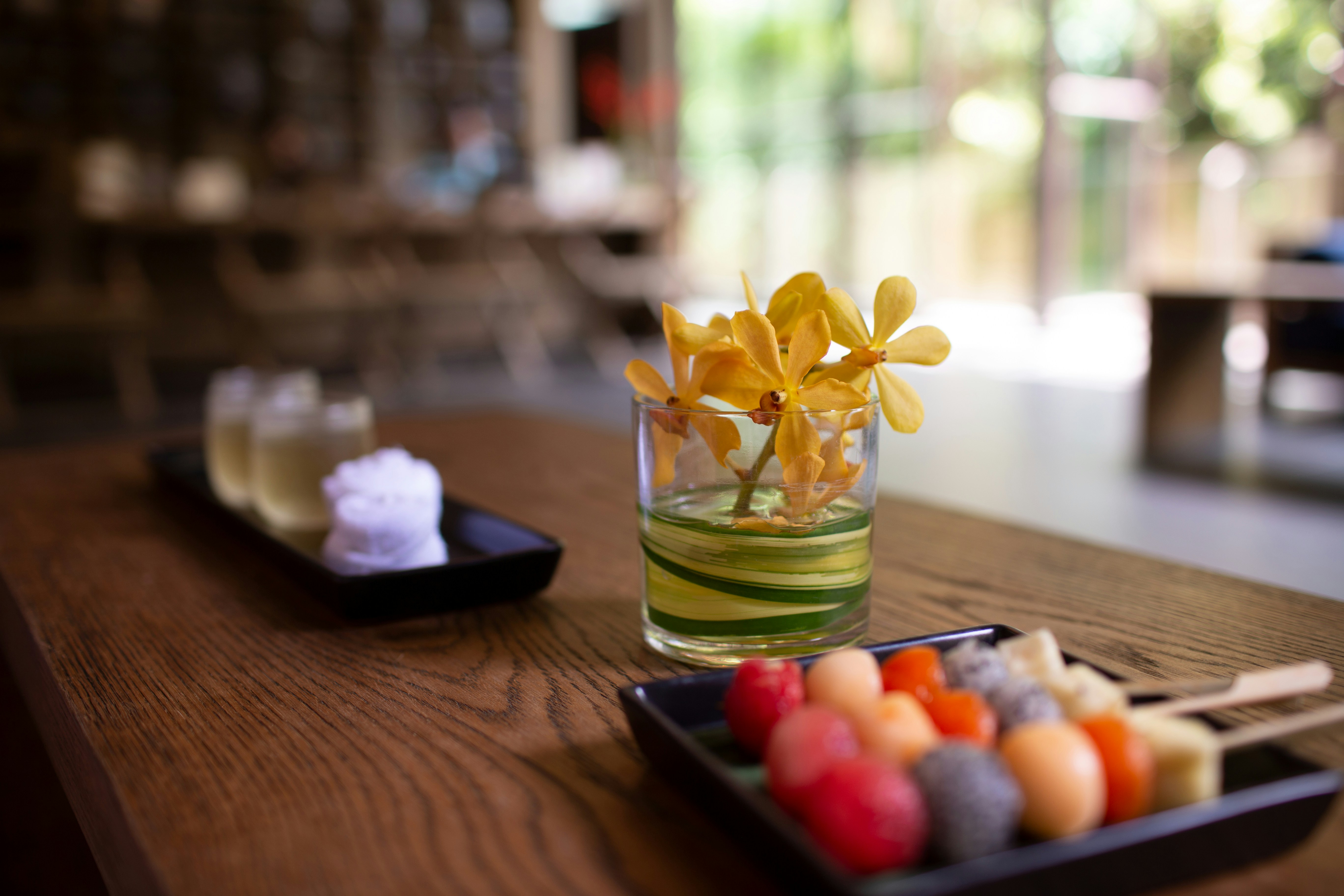The Future of Restaurant Robotics and Industry Trends
Explore the impact of AI, Robotics, and Economic Outlook on the Hospitality Sector. Learn about the evolving landscape of restaurant robotics and consumer beverage trends.

Photo by Alexandr Popadin on Unsplash
The Evolving Landscape of Restaurant Robotics
The use of robotics in the restaurant industry has been a topic of debate and innovation. Despite the promises of labor-saving technology showcased in events like the NRA Show, actual implementation in the field remains limited. With around 724,000 restaurants in the U.S., the scale of adoption poses a challenge. The vision of robots taking over human jobs in restaurants, as depicted in early reports, has not materialized as expected. In fact, the industry has experienced significant growth in the number of workers since the initial predictions.

Photo by Alexandr Popadin on Unsplash
Human Touch vs. Technological Efficiency
While AI and robotics present opportunities for backend data analysis, the core service aspect of hospitality remains deeply rooted in human interaction. Industry experts like Bruce Nelson emphasize the intrinsic value of the human touch in the dining experience. The balance between leveraging technology for efficiency while preserving the essential human element in customer service poses a critical question for the industry.

Photo by Alexandr Popadin on Unsplash
The Role of Robotics in Customer Service
Companies like Richtech Robotics are introducing specialized robots, such as the barista bot Adam, designed to assist rather than replace human workers. Adam's ability to handle various tasks, from crafting beverages to food preparation, showcases a collaborative approach where robots complement existing staff. However, the cost-benefit analysis of deploying such robots raises questions about their widespread adoption in the industry.

Photo by Alexandr Popadin on Unsplash
Economic Outlook and Industry Trends
The macroeconomic landscape poses uncertainties for the restaurant sector. Insights from industry specialists indicate mixed signals regarding changes in consumer traffic and spending patterns. While some establishments have seen recovery post downturns, others are facing challenges. With potential tariff impacts looming, the industry awaits clearer indicators to gauge the economic trajectory.
Consumer Behavior and Beverage Trends
Shifting consumer preferences, especially among Gen Z, are influencing beverage consumption patterns. Reports suggest a declining interest in alcohol consumption, potentially driven by health and financial considerations. This shift has prompted an emergence of non-alcoholic beverage offerings in restaurants, catering to a growing demand for alternative drink options.

Photo by Alexandr Popadin on Unsplash
The Pricing Strategy of Non-Alcoholic Beverages
As non-alcoholic beverages gain popularity, pricing strategies play a crucial role in consumer adoption. The parity in pricing between alcoholic and non-alcoholic options, as observed in various markets, highlights a strategic approach to cater to changing preferences. The willingness of consumers to pay premium prices for artisanal non-alcoholic drinks poses a test for industry sustainability.